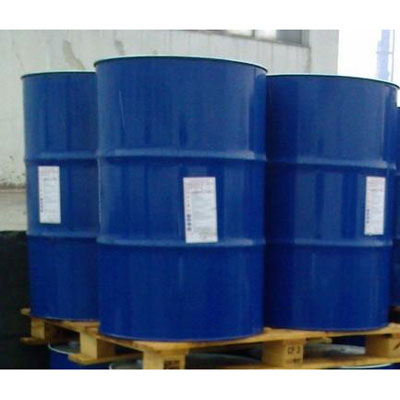Applications of Rigid Foam Blended Polyol
2024-06-20
Rigid foam blended polyol refers to a key component used in the production of rigid polyurethane foams. These foams are widely used in various industries due to their excellent thermal insulation properties, strength, and versatility. Here’s an overview of rigid foam blended polyol, its composition, manufacturing process, applications, and benefits:
Composition:
1. Polyol Base:
- Polyether Polyols: Derived from the reaction of propylene oxide (PO) or ethylene oxide (EO) with a multifunctional alcohol like glycerol or trimethylolpropane.
- Polyester Polyols: Made from the condensation reaction of dicarboxylic acids with glycols, such as adipic acid with ethylene glycol.
2. Blending Agents:
- Additives: May include catalysts, surfactants, blowing agents, flame retardants, and fillers to modify foam properties.
- Crosslinking Agents: Used to enhance foam strength and durability.
Manufacturing Process:
1. Polyol Preparation:
- Reaction: Polyols are synthesized through controlled reactions under specific conditions to achieve desired molecular weights and functionalities.
- Blending: Various polyols and additives are blended together to create a tailored formulation suitable for rigid foam production.
2. Foam Production:
- Polyurethane Reaction: The blended polyol mixture reacts with isocyanates (typically MDI - Methylene Diphenyl Diisocyanate or TDI - Toluene Diisocyanate) to form a rigid polyurethane foam.
- Foaming Process: Includes mixing, pouring, and curing stages to control foam density, cell structure, and physical properties.
Applications:
1. Construction and Building Insulation:
- Used in insulation panels, spray foam insulation, and structural insulated panels (SIPs) for thermal insulation in residential, commercial, and industrial buildings.
- Provides high thermal resistance (R-value) and helps in energy efficiency.
2. Refrigeration and Cold Chain:
- Applied in refrigerators, freezers, and cold storage facilities to insulate walls and doors, maintaining low temperatures and energy efficiency.
- Ensures temperature stability and reduces energy consumption.
3. Automotive and Transportation:
- Used in vehicle interiors (e.g., headliners, door panels) and refrigerated trucks for thermal insulation and lightweight construction.
- Provides acoustic insulation and enhances passenger comfort.
4. Appliances and Consumer Goods:
- Found in appliances like water heaters, air conditioners, and ovens for thermal insulation and energy savings.
- Improves product performance and lifespan.
Benefits:
- Thermal Insulation: Offers superior thermal resistance, reducing heat transfer and energy consumption.
- Strength and Durability: Provides structural support and impact resistance in various applications.
- Versatility: Can be molded or sprayed into various shapes and sizes, adapting to different manufacturing processes.
- Environmental Impact: Some formulations use renewable or recycled materials, contributing to sustainability efforts.
Considerations:
- Formulation Design: Tailor formulations to meet specific application requirements (e.g., density, thermal conductivity).
- Regulatory Compliance: Ensure compliance with safety, environmental, and performance standards (e.g., UL certification for fire resistance).
- Handling and Storage: Follow proper handling procedures for chemicals and store materials according to manufacturer guidelines.
Conclusion:
Rigid foam blended polyol plays a critical role in the production of rigid polyurethane foams, offering thermal insulation, strength, and versatility across various industries. By understanding its composition, manufacturing process, applications, and benefits, manufacturers and end-users can leverage these materials to enhance product performance, energy efficiency, and sustainability in diverse applications from building insulation to automotive and appliances.



